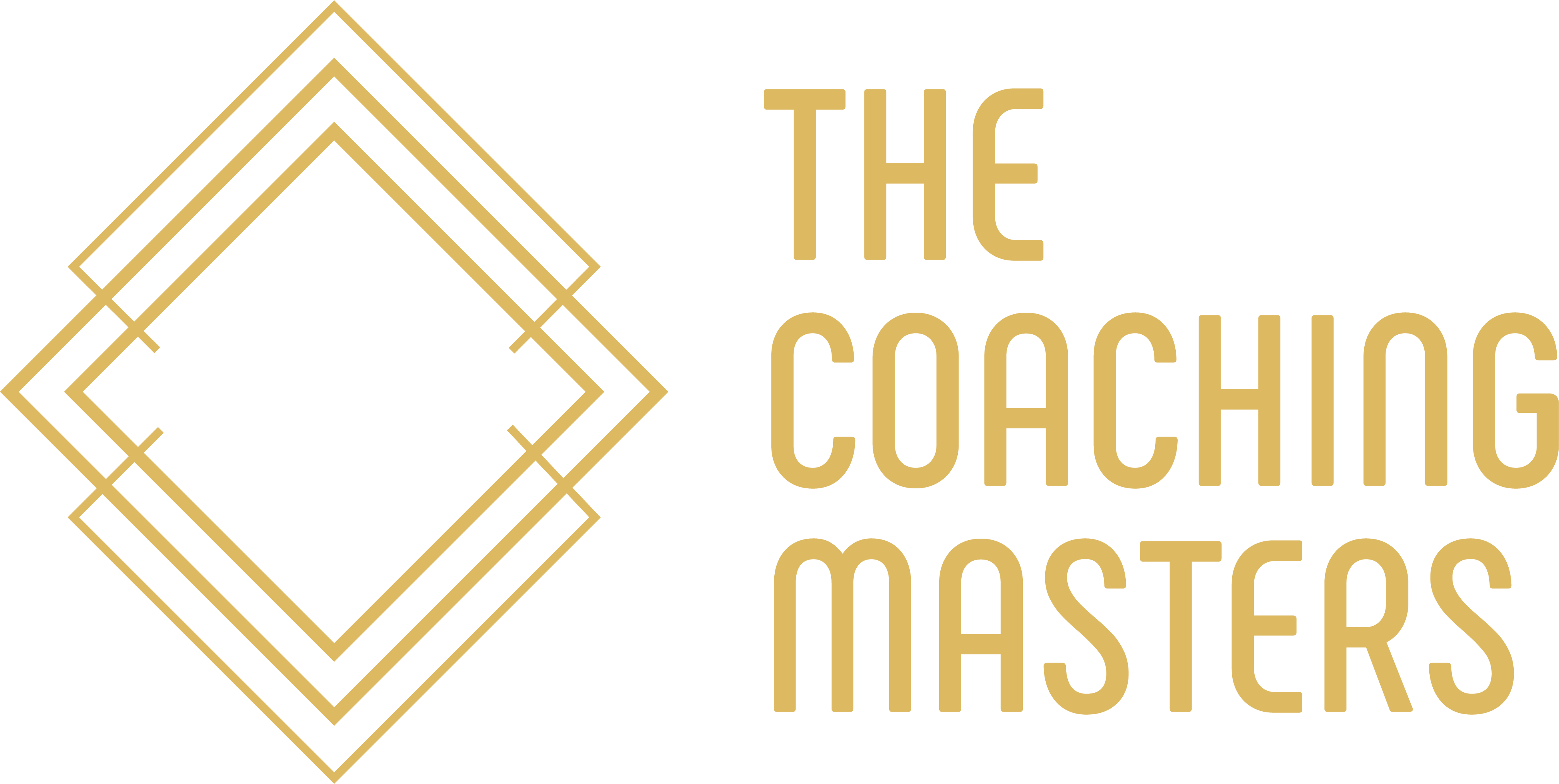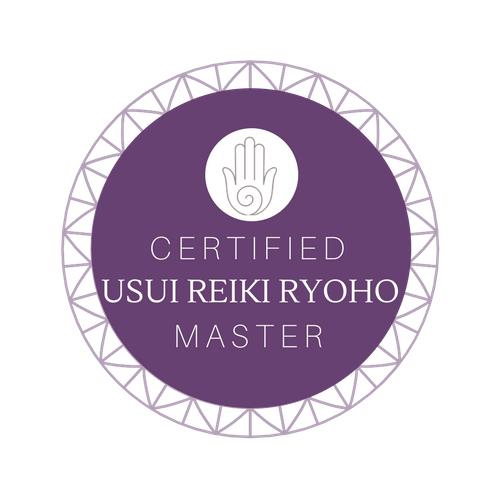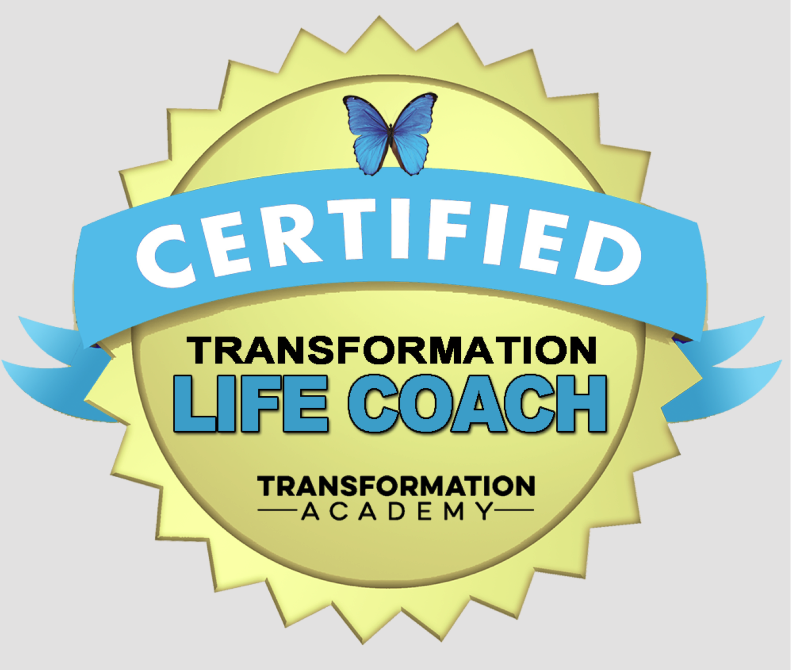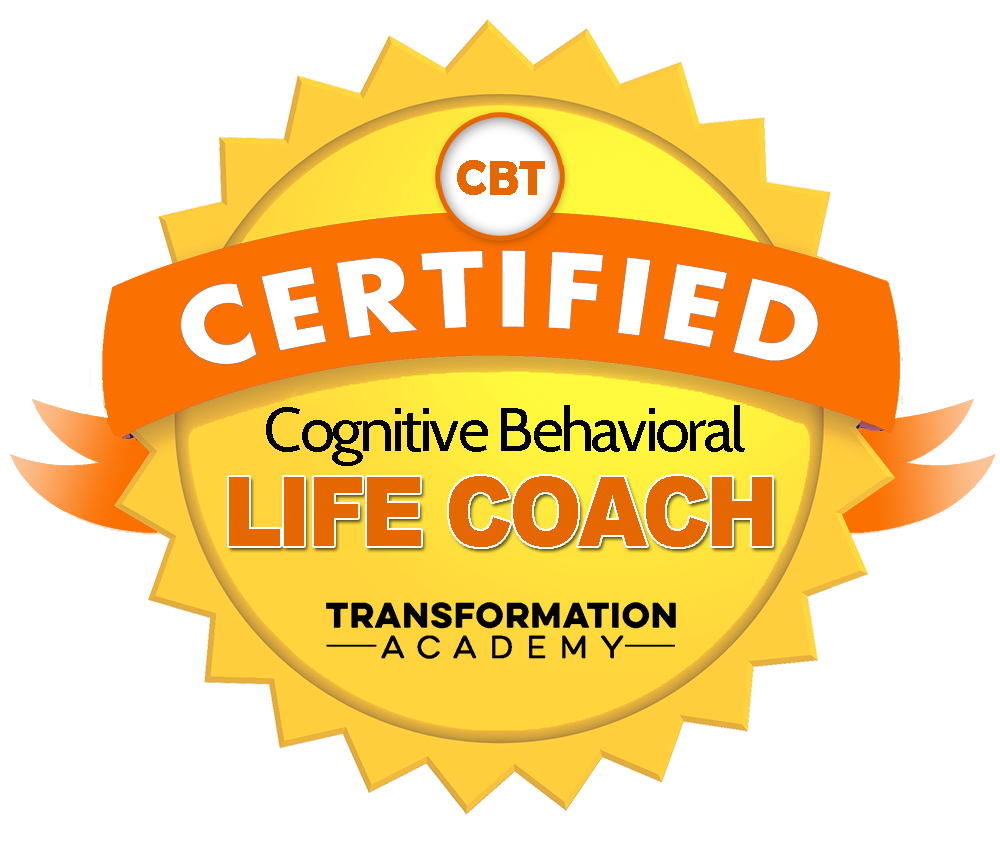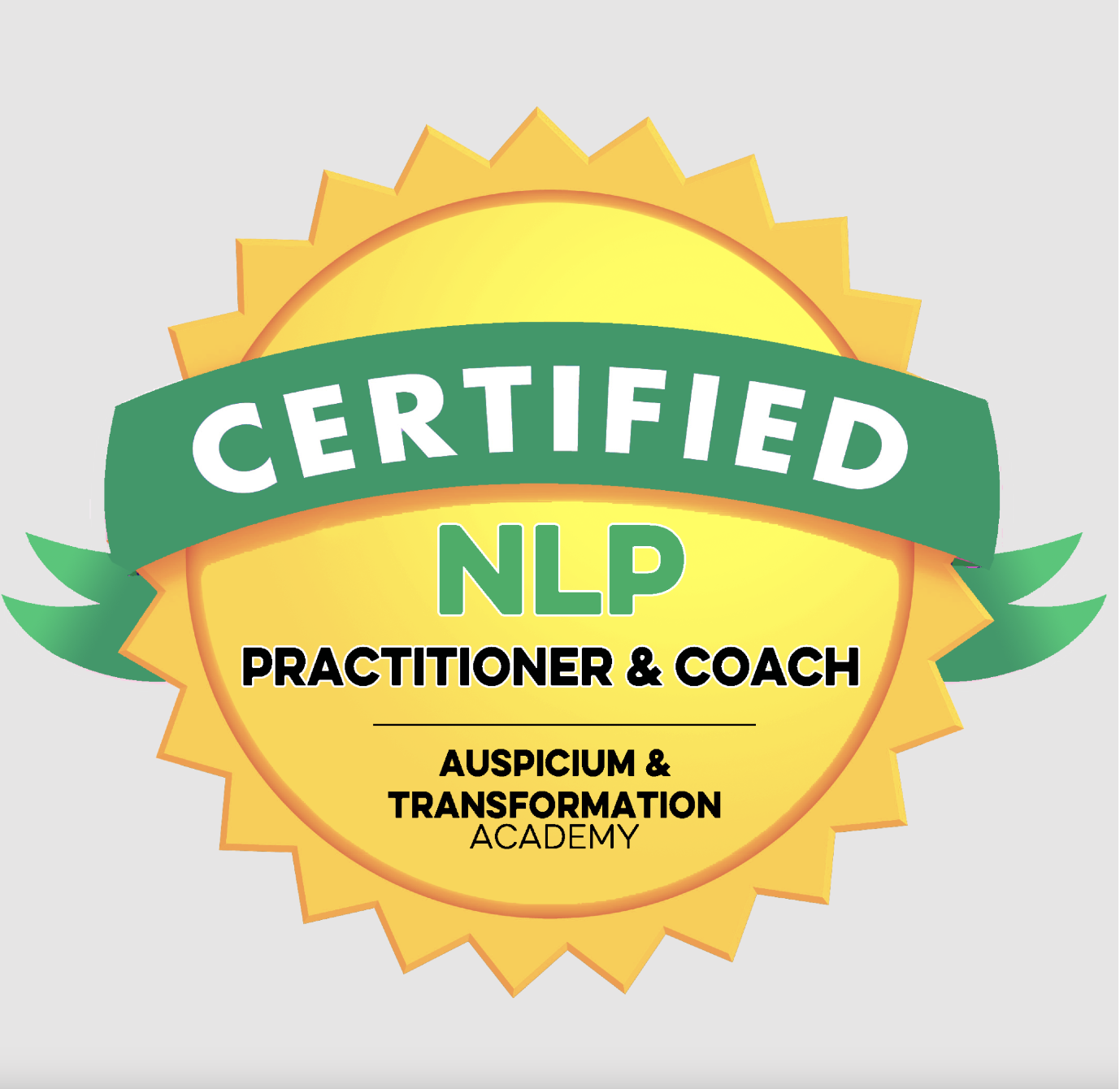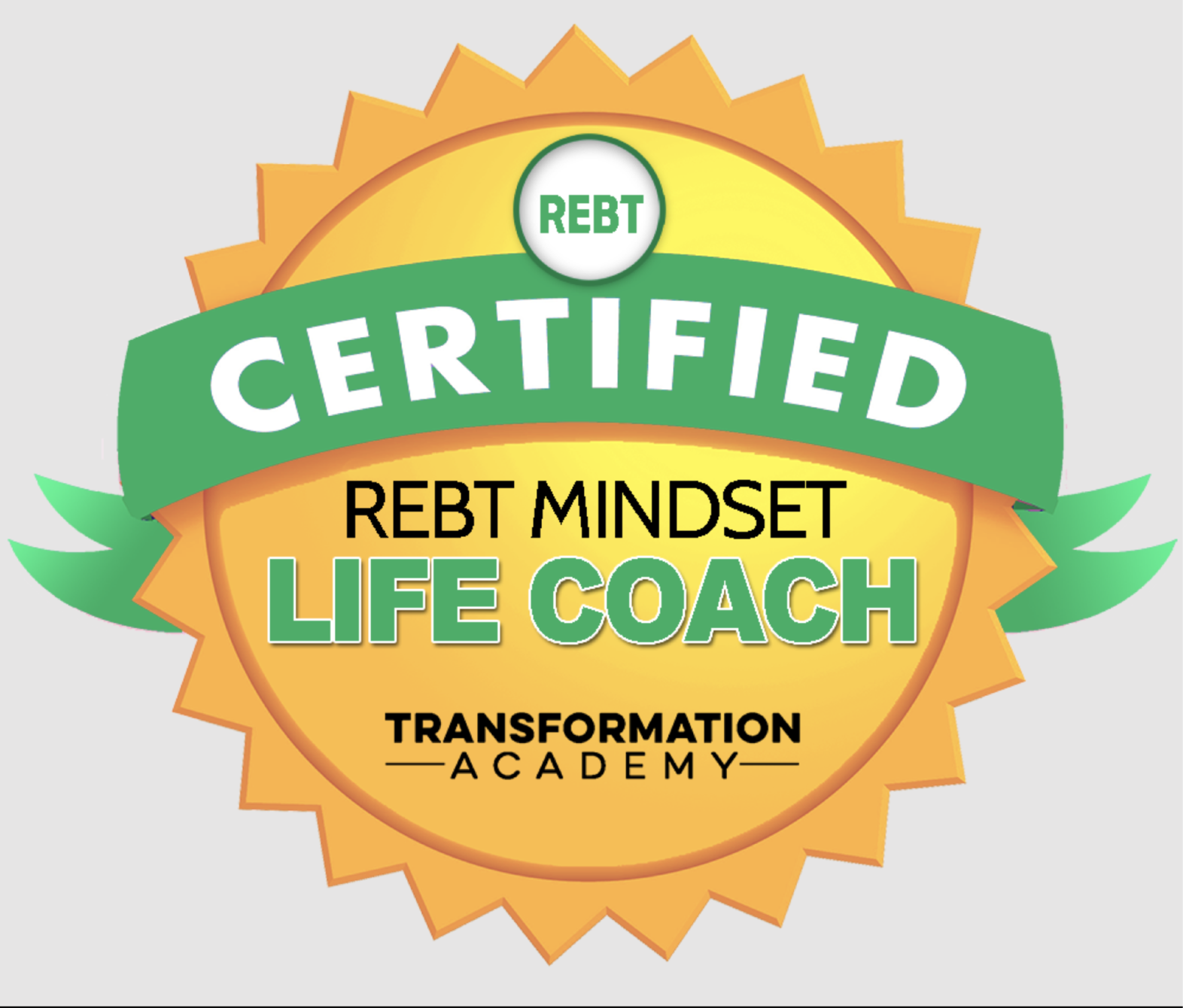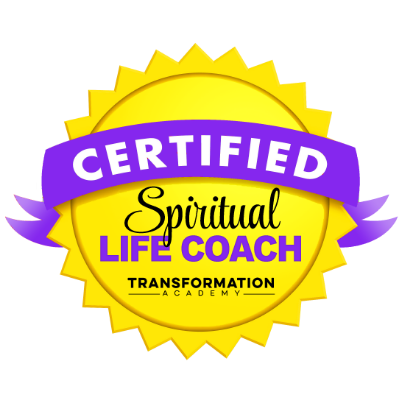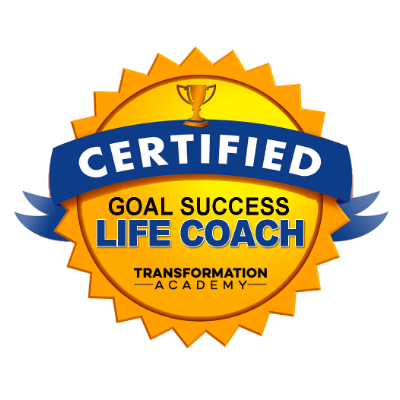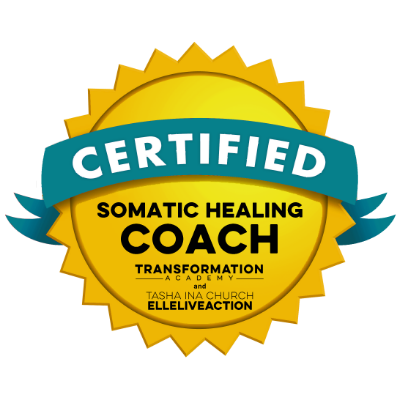Reiki Therapy

Reiki therapy involves a lot of elements in just about every alternative healing practice. This is because it uses spiritual healing, meditation, aromatherapy, naturopathy, and homeopathy among others to make the person or another feel better.
But what makes this Japanese healing art so unique and popular is that it involves the transfer of energy to restore balance in the force.
Reiki therapy has several basic effects. These include deep relaxation, detoxification of the system, the increase of the vibration or frequency of the body, providing new vitality in the form of healing energy, and removal of negative energy.
In Reiki therapy, the practitioner places his or her hands over the patient. The recipient should be lying down so he or she is completely at ease and ready to welcome the positive energy.
Reiki therapy begins from the head and then works down to the feet. Ideally, this should be placed 2 to 4 inches away from the body of the patient. The hands must be cupped with the fingers closely bonded together and the thumbs pulled upward against the hand so the positive energy that you possess is directed to the one who needs it.
For this to work, both the healer and the person being healed need to take an active part in the healing process. One sends forth the energy while the other should openly receive it.
The strength of Reiki therapy depends on the level of the healer. There are three types and this improves through attunements.
Reiki healers in the first level are only taught the basic hand positions and the scared symbol so they can perform direct healing over others. In level two, they can now teach the symbols and hand position so they can practice distance healing. In level three, the person should be able to know everything and thus earn the title of master and can already teach this to others.
Are there risks in Reiki therapy? The answer is no. The only thing the patient can do is block the positive energy that is being given but this does not cause him or her harm in any way.
Another thing people should remember is that Reiki therapy works in conjunction with Western medicine and other practices. It is simply designed to help the person heal especially for those who need to undergo surgery.
Reiki therapy is not successful after only one session. This has to be done several times until the patient is completely healed and this can only happen when the body becomes in tune with itself. A practitioner can even do this to him or herself to reduce the anxiety and stress that happens every day as people live a happier life if there is both harmony and peace.
If you want to become a Reiki practitioner, you first have to sign up for a class that is conducted by a certified Reiki master. Level one students will have to undergo training for a couple of days and then a 21-day cleansing period before proceeding on to the next one so read the manual and keep an open mind.
There are also Reiki therapy classes offered through distance learning programs and online so it's really up to you to embrace the power of this alternative form of healing or not.
Click the link below to book your free clarity call or free virtual coffee chat.
Grab a copy of our newletter by completing the form below, this will then be sent to your inbox every month.
My Affirmation For The Week
"Every act of creation is first of all an act of destruction."
